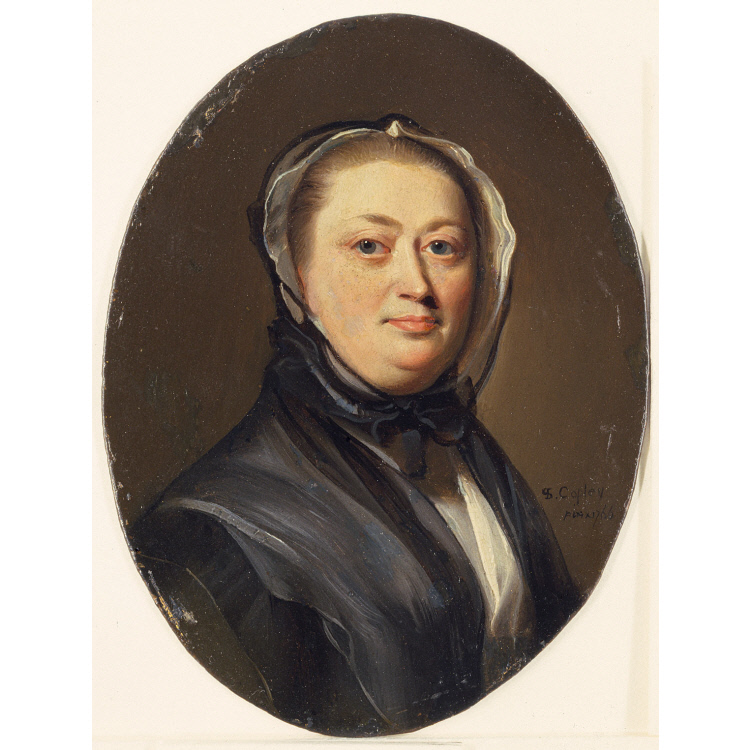A Musket Ball “whizzed by old Mrs. Hancock’s head”?
In 1822, William H. Sumner visited Dorothy Scott, the widow of John Hancock.
Before going to bed, Sumner wrote down notes on their conversation. That memorandum was published in the New England Historic and Genealogical Register in 1854.
About the first shots on Lexington common on the morning of 19 Apr 1775 Sumner wrote:
From the end of the common, where the British troops were standing, one could look down a road to the parsonage. (The barn no longer stands, and I have no idea where it was.)
However, the distance between those spots is more than a quarter-mile. As Michael Barbieri documents in this Journal of the American Revolution article, eighteenth-century experts agreed that a “musket shot” was 300 yards—which is significantly longer than most modern authorities say.
Now that 300 yards was based on firing from a leveled musket, so it’s conceivable that an elevated shot would travel farther. But then it would have come down at an angle as well—unlikely to be whizzing by the head of a lady at the door of a house and then hitting a separate barn.
Of course, it’s possible that Lydia Hancock heard something strike the barn and then felt certain it had whizzed by her head. Or that Dorothy Scott’s recollection of the first shots at Lexington became more dramatic than it actually was.
Before going to bed, Sumner wrote down notes on their conversation. That memorandum was published in the New England Historic and Genealogical Register in 1854.
About the first shots on Lexington common on the morning of 19 Apr 1775 Sumner wrote:
Mrs. Scott says the British fired first, she is sure. This was a point much contested at the time, and many depositions were taken to prove the fact that the British were the actual aggressors.Was Lydia Hancock (shown above) really almost hit by a musket ball from Lexington common?
One of the first British bullets whizzed by old Mrs. Hancock’s head, as she was looking out of the door, and struck the barn; she cried out, What is that? they told her it was a bullet, and she must take care of herself.
From the end of the common, where the British troops were standing, one could look down a road to the parsonage. (The barn no longer stands, and I have no idea where it was.)
However, the distance between those spots is more than a quarter-mile. As Michael Barbieri documents in this Journal of the American Revolution article, eighteenth-century experts agreed that a “musket shot” was 300 yards—which is significantly longer than most modern authorities say.
Now that 300 yards was based on firing from a leveled musket, so it’s conceivable that an elevated shot would travel farther. But then it would have come down at an angle as well—unlikely to be whizzing by the head of a lady at the door of a house and then hitting a separate barn.
Of course, it’s possible that Lydia Hancock heard something strike the barn and then felt certain it had whizzed by her head. Or that Dorothy Scott’s recollection of the first shots at Lexington became more dramatic than it actually was.


2 comments:
Also, the direction is wrong to have come from a regular at the common aiming at Captain Parker's company, unless they were firing wide. There is a small barn behind the house, but I've no idea how it relates to the original. (I grew up around the corner from the former parsonage, so I'm very familiar with the ground.)
Definitely not a well aimed shot, given the elevation that would be necessary, but it seems possible a redcoat near the belfry could have been facing toward that road and letting off a shot. Still, everything depends on the maximum range of a musket. And the reliability of these witnesses.
Post a Comment